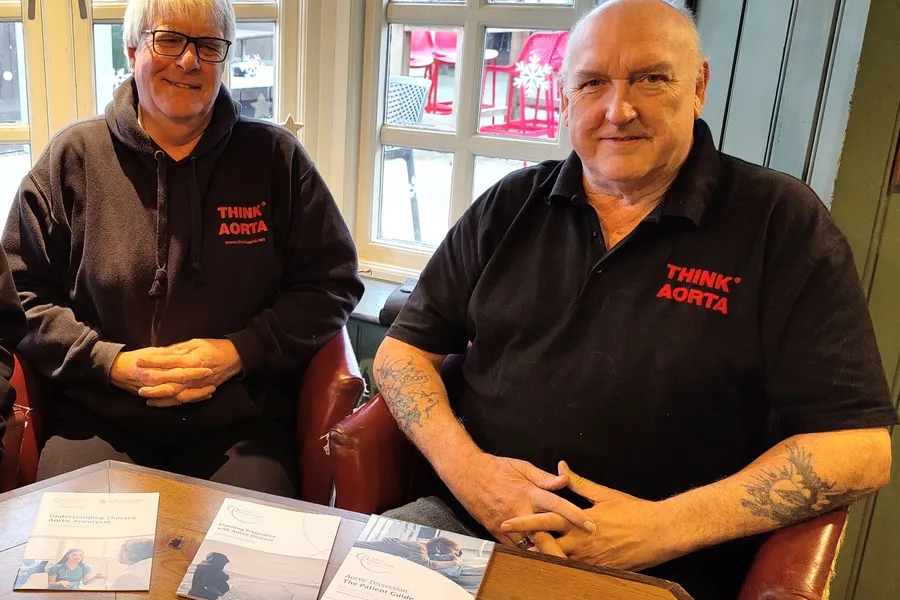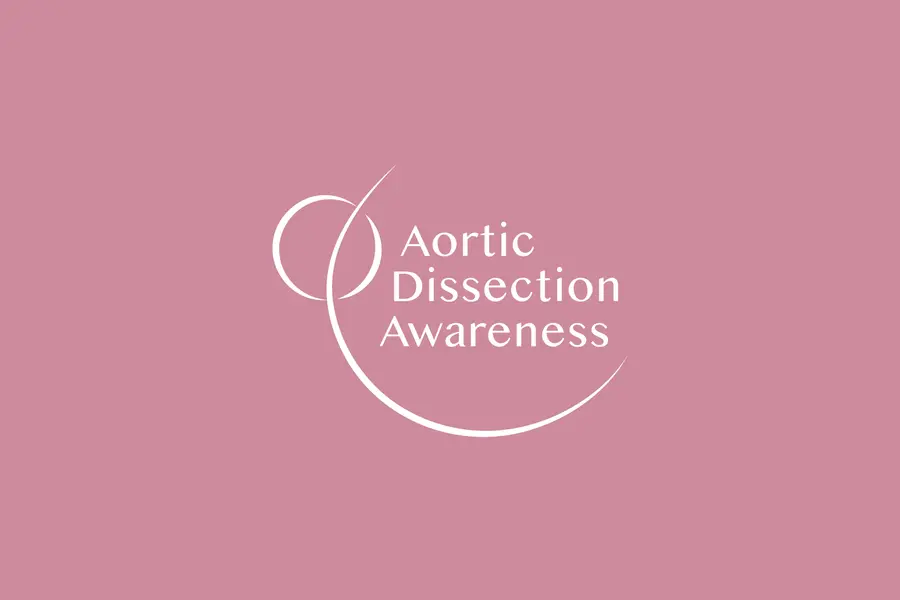Accessibility
Aortic Dissection Awareness UK & Ireland are committed to providing a website that is accessible to everyone, regardless of the technology they are using, or their ability.
Website standards
The Aortic Dissection Awareness UK & Ireland website has been designed and built to be used by as many people as possible. The website content should be clear and simple to understand, and you should be able to:
- Zoom in up to 300% without issues.
- Navigate the website using just a keyboard.
- Navigate the website using speech recognition software.
- Use the website with a screen reader (including the most recent versions of VoiceOver, JAWS and NVDA).
We are working hard to increase the accessibility and usability of our website, using many of the available standards and guidelines.
Wherever possible, we aim to meet Level AA of the World Wide Web Consortium's (W3C) Web Content Accessibility Guidelines 2.1 (WCAG). These guidelines explain how to make website content more accessible for people with differing needs. Following these guidelines helps make the web more user friendly for everyone.
The website has been tested using both automatic tools and manual user testing. These tests should mean that:
- All text on the website meets minimum contrast requirements.
- Images have written descriptions (alternative text, or 'alt text') provided wherever an image is used to communicate meaning.
- All links and buttons can be focused using the keyboard, and have text labels which adequately describe their function (rather than relying on icons alone for meaning).
- Links, buttons and other interactive elements have a logical 'tab order' to ensure keyboard navigation works as expected.
Browsers
This site has been built using code that is compliant with W3C standards for HTML and CSS.
Our website should display correctly in the current and previous two versions of the following web browsers:
- Google Chrome
- Apple Safari
- Mozilla Firefox
- Microsoft Edge
Non-Accessible Content
Whilst we try to follow the accepted guidelines and standards for accessibility and usability, it is not always possible to do so in all areas of the website.
There are specific areas where we are currently working to achieve better accessibility:
- Many documents/resources are only available in less accessible formats, for example PDF's.
- Some media or audio resources (e.g. YouTube videos) are provided without transcription and/or captions.
- Alternative Text (Alt Text) for images doesn’t always include information on where the website user will be taken, just what the image depicts.
We are continually working to ensure newly published documents are made available in accessible formats, and we will endeavour to respond to requests for documents in alternative formats.
In the meantime should you experience any difficulty in accessing this website, please contact us.


